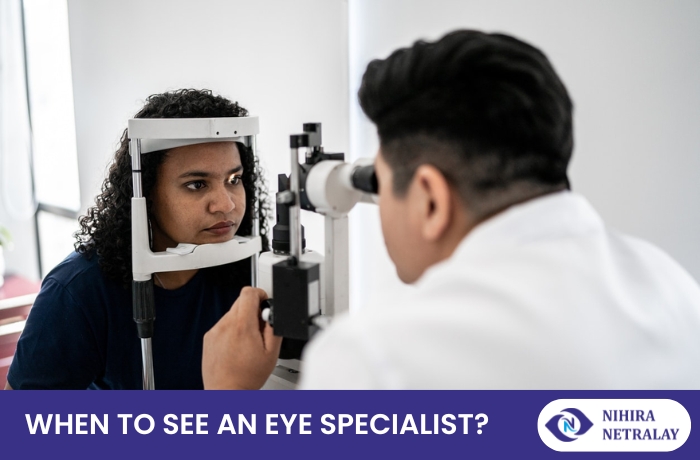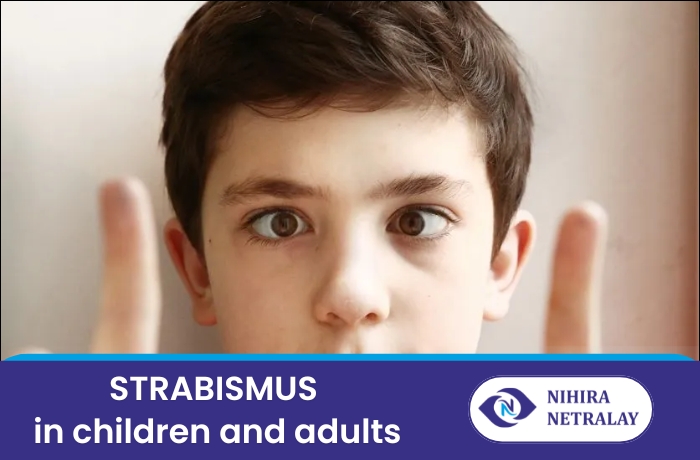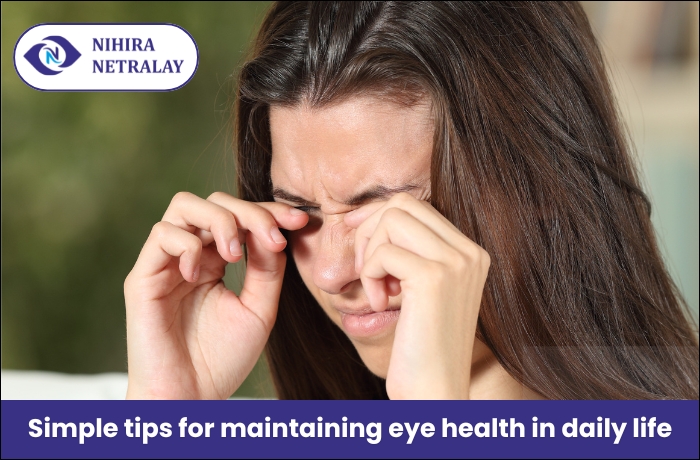Our eyes are our windows to the world, yet we often take their health for granted until a problem arises. Knowing when to seek professional help is crucial for preserving your vision and catching potential issues early. Regular check-ups are important, but certain signs and life stages demand a prompt visit to an eye specialist.
Key Signs You Need to See an Eye Specialist
1. Sudden or Gradual Vision Changes: This includes blurred vision, double vision, sudden flashes of light, floaters (new specks or strands in your field of vision), or a curtain-like shadow over your sight. Sudden vision loss is a medical emergency.
2. Eye Pain or Discomfort: Persistent pain, a feeling of grittiness, burning, or intense itching are not normal and could indicate infection, inflammation, or injury.
3. Redness & Swelling: While occasional redness is common, persistent redness accompanied by pain, discharge, or light sensitivity could point to conditions like uveitis, glaucoma, or a serious infection.
4. Trouble with Daily Tasks: Struggling to read, drive (especially at night due to glare), watch TV, or distinguish colors can signal refractive errors, cataracts, or other age-related conditions.
5. Underlying Health Conditions: If you have diabetes, hypertension, or a family history of glaucoma or macular degeneration, regular specialist visits are non-negotiable for monitoring and prevention.
6. Preventive Care Milestones: Children should have their first screening around 6 months, again before school, and periodically thereafter. Adults should have a baseline exam at 40, and after 60, annual check-ups are highly recommended.
Dr. Ankita Patil – Top Eye Specialist in Nerul, Navi Mumbai
Seeking exceptional eye care in Navi Mumbai, Dr. Ankita Patil stands out as a trusted and highly skilled ophthalmologist in Nerul, Navi Mumbai. Dr. Ankita Patil provides care for a wide range of conditions—from routine refractive error corrections and cataract surgery to the management of glaucoma, diabetic retinopathy, and complex eye diseases.
Frequently Asked Questions
1. How often should you get your eyes checked?
Adults with no risk factors should have a comprehensive exam every 2 years. Seniors over 60 and those with risk factors like diabetes or high family risk should see a specialist annually.
2. What is the difference between an optometrist and an ophthalmologist?
An optometrist (OD) provides primary vision care, prescribes glasses/contacts, and diagnoses common eye issues. An ophthalmologist (MD) is a medical doctor who can perform surgery and treat complex eye diseases. For medical concerns, see an ophthalmologist.
3. What are the symptoms of a retinal detachment?
Warning signs include the sudden appearance of many floaters, flashes of light in one or both eyes, and a dark shadow or “curtain” over your field of vision. This is an emergency requiring immediate specialist attention.
4. Can screen time damage your eyes?
Prolonged screen time causes digital eye strain (headaches, dry eyes, blurred vision) but doesn’t cause permanent damage. Follow the 20-20-20 rule: every 20 minutes, look at something 20 feet away for 20 seconds.
5. What are early signs of glaucoma?
Glaucoma is often called the “silent thief of sight” as early stages have no symptoms. Later signs include gradual loss of peripheral vision, tunnel vision, and eye pain with headache. Regular pressure checks are vital.





